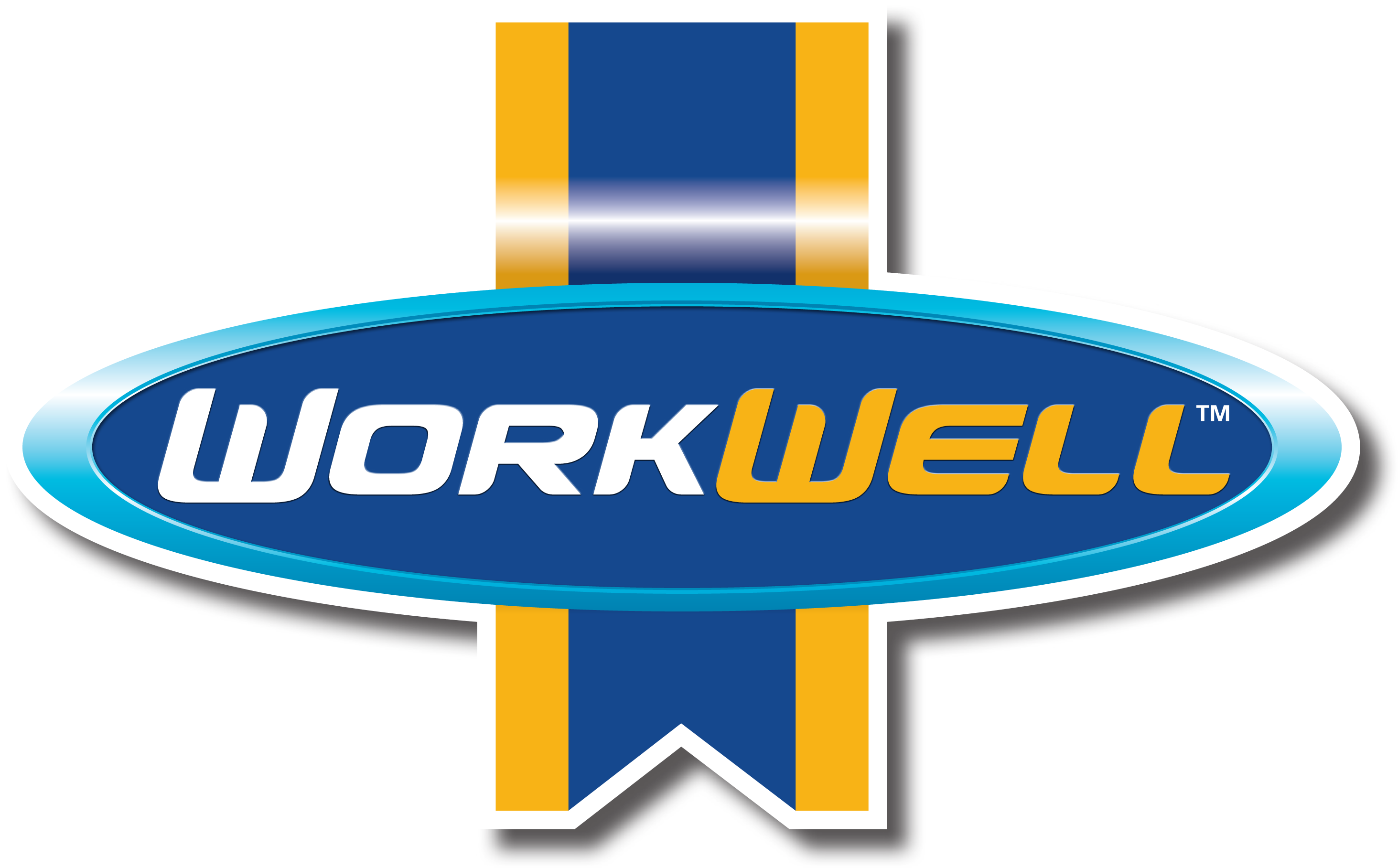
We eat about a third of our day's food at work, so the workplace is an ideal place to support staff to make healthy choices. Many factors within the workplace have a significant role in influencing what and how people eat at work. Helping staff improve or maintain their health is good for business. Healthy people tend to take less sick leave and are generally less likely to develop ongoing conditions which also results in fewer workplace-related injuries.
See the following sections for examples of how to address healthy eating using a multi-level approach.
See the following sections for examples of how to address healthy eating using a multi-level approach.
